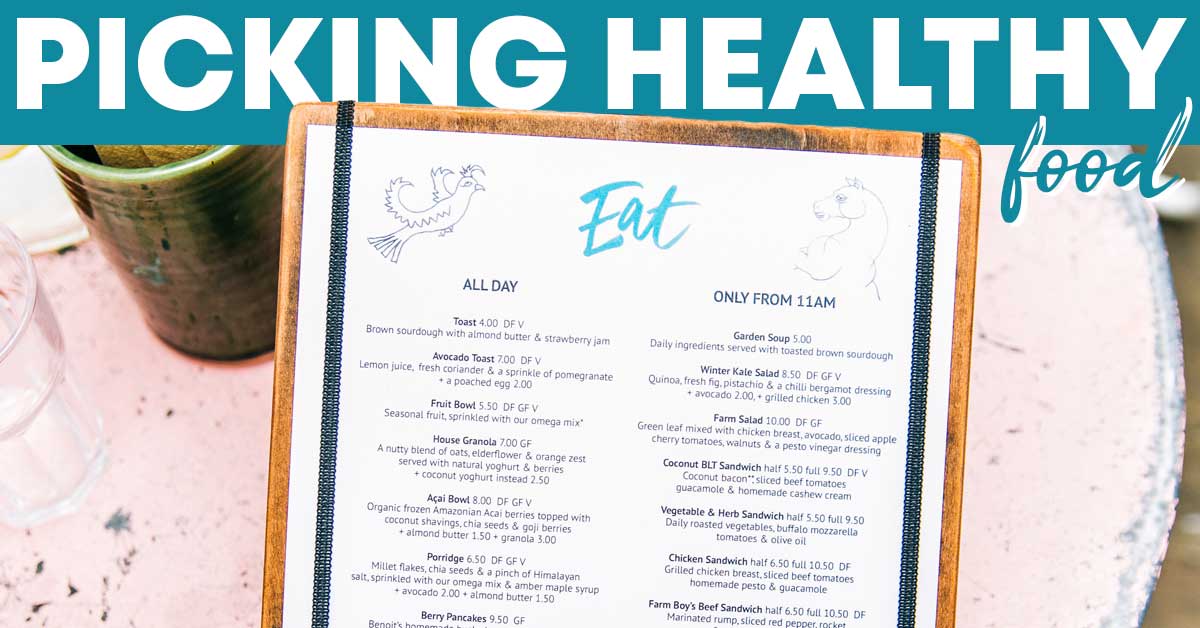It’s easy to compare ingredients and nutrition facts in a grocery store – but things are a lot more challenging when eating out.
Choosing healthy options at a restaurant can involve careful preparation and awareness of how the food is prepared. The difference between fried and cooked, choice of oil, or even the shelf life of the food can all have unforeseen variables that can sway how healthy a dish is.
Look at the menu online
While the FDA does require calories to be posted on menus at large restaurants, your best choice is often to search online. Most restaurants have their most detailed health information available on their website.
However, this is still often lacking compared to the detailed nutrition facts information provided on labels at the grocery store.
Spot the red flags
Harvard has a list of phrases you should be wary of in any menu item:
- Fried
- Sweet
- Cheese
- Cream
- Butter
- Breaded
These phrases likely are in some of the tastiest sounding food on the menu. The problem is they are also loaded with salt, sugar, saturated fats, or refined grains.
Watch for sodium?
Restaurants are another major source of high-sodium food, right up there with store-bought processed foods. It is not because you are necessarily adding the salt with the salt shaker, rather it is already cooked into the food.
Sodium is added to foods as a way to extend the shelf life of food and help it achieve the restaurant’s intended flavoring.
Know the healthy alternatives
Among common additions to entrees, Children’s Health has a few key pointers you should keep in mind. Choose “grilled” foods over “fried” foods, chicken instead of beef, and mustard instead of mayonnaise.
Salads are an obvious choice for a healthy alternative on nearly any menu – but this is not always the case. The dressing that some restaurants put on their salad, combined with toppings like cheese, bacon, or croutons do not make salads “bad”, but they may not be as healthy as you believe.
Do you need an appetizer or dessert?
If you can avoid appetizers or desserts, you can keep a good chunk of calories out of your meal. Many appetizers are fried or breaded, which is why they can be so high in calories before your meal even begins.
Some restaurants will offer fruit or vegetable-focused entries. Obviously, these are good choices, but it is often best to first evaluate if you need an appetizer or dessert at all.


